This authentic Romanian Pasca—a crustless Easter cheesecake—delivers silky farmer’s cheese filling beneath a caramelized ‘burnt’ top. Ready in 1 hour with 9 ingredients! The perfect balance of creamy and lightly sweet for your holiday table.
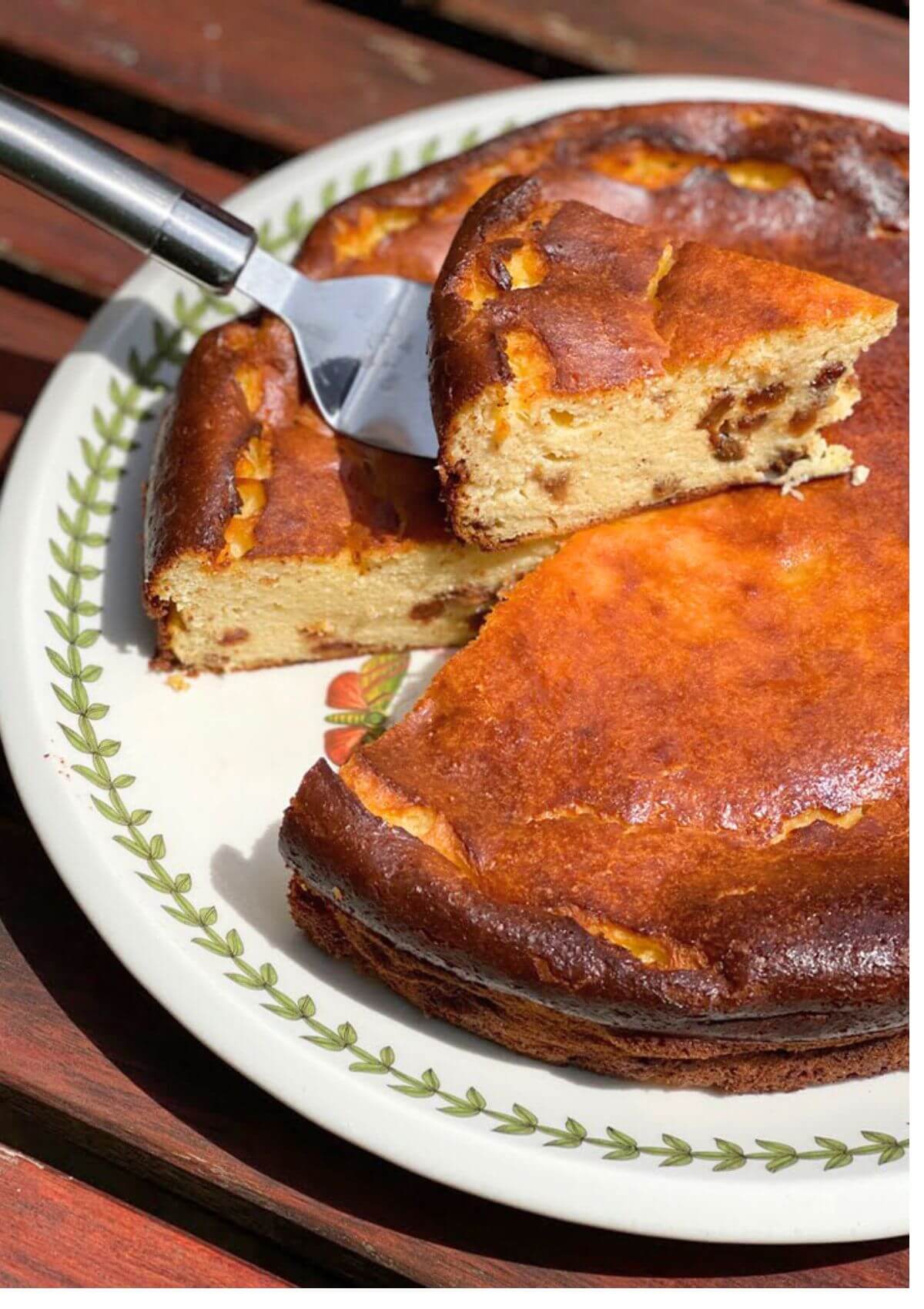
🧀 Serves 12 | 🕒 1h Prep + Bake | 🌱 Vegetarian | ✨ Easter Dessert
Perfect for any occasion, this Burnt Basque Cheesecake will impress with its rustic charm and delicious taste.
Looking for some delightful dessert recipes? Try our Brownies Topped with Pink Berry Cream for a rich and fruity twist on a classic treat. If you enjoy layered cakes, you'll love the Pink Crèpes Cake, a beautiful and delicate dessert perfect for any celebration.
For coffee lovers, the Mocha Loaf offers a delicious mix of chocolate and espresso in every bite. Our Vegan Carrot Cake Banana Bread is a healthy and tasty option everyone can enjoy. The Lemon Cake with Cheese Frosting is a must-try if you crave something tangy and sweet. Lastly, don't miss out on the Cherry Clafoutis, a classic French dessert that's simple and elegant.
Jump to:
💗 Why This Recipe Works
- No crust = no stress: Simple and no fuss! The crustless version is super easy and quick to make.
- 9 ingredients, 1 hour: Faster than traditional cheesecake but just as special.
- Burnt top: High heat caramelises the sugars for that iconic Romanian taste. Like in this easy cottage cheese cornbread (Alivenci) - romanian cornmeal dessert
🥧 Ingredients
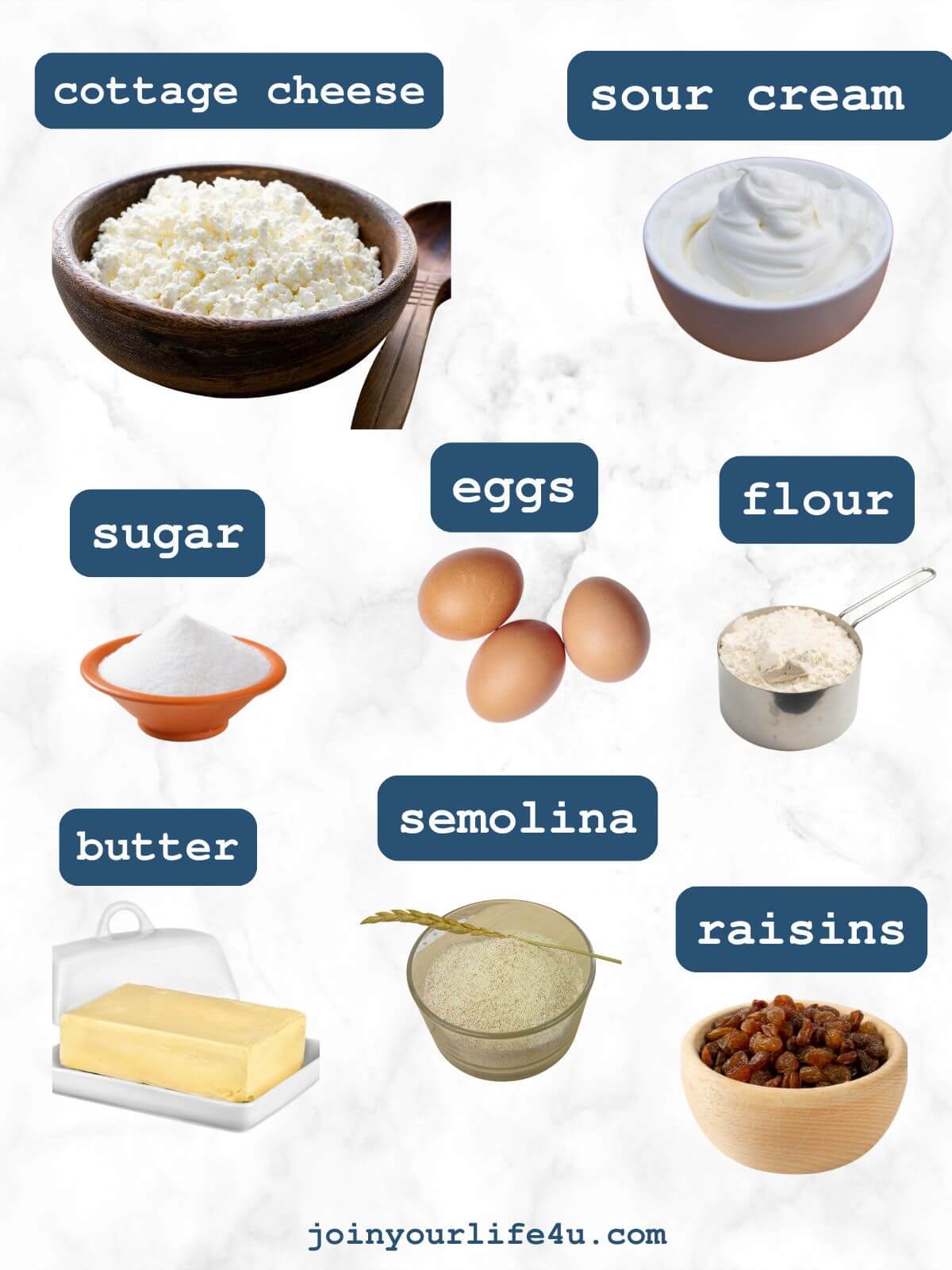
*See the recipe card for full information on ingredients and quantities.
- Sweet Cottage Cheese: I prefer using sweet cottage cheese, curd cheese, for its creamy texture and mild sweetness. Avoid low-fat options as they can change the texture and won’t be set properly.
- Sour Cream: I add sour cream for richness and tanginess. Full-fat sour cream ensures the best texture. NO LOW FAT! It won’t work as well.
- Sugar: Caster or superfine sugar dissolves quickly, but regular granulated sugar is fine too.
- Butter: I use unsalted butter to control the saltiness.
- Flour: All-purpose, plain flour works great.
- Raisins: For a beautiful golden hue, use golden raisins/sultanas instead of regular dark ones.
- Vanilla Extract: Real vanilla extract or bean paste is best. Avoid imitation vanilla as it doesn’t taste as good.
♻️ Substitutions
- Cottage Cheese: You can substitute cottage cheese with regular cream cheese or ricotta.
- Sour Cream: Greek yoghurt can be used as a substitute for sour cream to add a tangy hint
- Sugar: You can with brown sugar or honey.
- Butter: Substitute butter with an equal amount of margarine or vegetable oil for a lighter option, though this may slightly alter the texture.
- Raisins: Dried cranberries or chopped dried apricots can be used.
- Eggs: If you prefer an egg-free option, you can use a commercial egg replacer or substitute each egg with ¼ cup of unsweetened applesauce or mashed banana.
- Flour: Substitute all-purpose flour with almond flour or gluten-free flour blend for a gluten-free version of the cheesecake.
- Semolina Grits: Cornmeal or ground oats can be used as a substitute for semolina grits, or just skip it.
- Vanilla Extract: Almond extract or other flavoured extracts.
👩🍳 How to Make Pasca: No-Crust Romanian Easter Cheesecake
Making this cheesecake is a lot easier than it looks! You don’t need any fancy techniques—just simple mixing, folding, and baking. Here’s how to put it all together step-by-step so you can get that rich, creamy texture every time. Same as my easy flourless yogurt cake.

Step 1: Whisk the eggs with the sugar and vanilla until the mix looks pale and a bit fluffy.

Step 2: Mix in the sweet cottage cheese and sour cream. It’ll look creamy and smooth when it’s ready.

Step 3: Pour in the melted butter, then stir in the flour and semolina. Keep mixing just until it comes together.

Step 4: Gently fold in the raisins. No need to overmix — you want to keep the batter light.

Step 5: Spoon the batter into a 9-inch springform pan lined with baking paper. Spread it out nice and even.

Step 6: Bake in a 180°C/350°F oven for about 50–60 minutes, until it’s golden and still a little wobbly in the middle.
•Don’t worry if it puffs up and sinks a bit as it cools — that’s totally normal!
💡 Pro Tip: Let the cheesecake cool completely before slicing. It helps the filling set properly and gives you nice, clean slices without the centre falling apart.
💭Expert Tips
- Soak raisins in warm water and a splash of rum extract for a burst of flavour. Just like in this Moldavian Walnut Roll (Cozonac cu nuca si stafide), an Easter must.
- For a smooth, lump-free texture, toss all the ingredients into a blender – it works like a charm! I also use this trick in my easy flourless yogurt cake recipe.
- Make sure your ingredients are at room temperature before mixing. This helps everything blend together beautifully.
❓FAQs
Pasca is a beloved Romanian Easter bread, traditionally baked during Holy Week and served on Easter Sunday. It's a sweet, rich bread filled with a delicious mixture of cheese, eggs, and raisins. The bread is typically round and decorated with a cross, making it a festive centrepiece for the holiday.
For those looking for a quicker and easier version, there's also a crustless Pasca variation. This no-knead recipe cuts down on time and effort, yet still delivers the same great flavour. It's perfect if you want to enjoy the classic taste without the extra work!
The name Pasca comes from the Latin word Pascha, which means Easter. Easter is a major Christian holiday that celebrates the resurrection of Jesus Christ, a central event in the Christian faith. It is a time of joy and reflection for Christians worldwide.
Olivier Salad (Salata de Boeuf) Traditionally Romanian, loaded with spring veggies and tender meat, ours has homemade 4-ingredient mayo and extra gherkins.
Romanian-Style Deviled Eggs with Pâté-Oua Umplute
Roast Lamb Stuffed with Rosemary and Garlic Pro tip: We rub it with pork fat (untură) for extra crispness!
Stuffed Grape Leaves (Sarmale) are usually served with traditional Romanian polenta - mamaliga and a dollop of sour cream -smantana or with fresh sheep's cheese.
This Moldavian Walnut Roll (Cozonac cu nuca si stafide) takes 5 hours to make... and 10 minutes to disappear! The secret? Kneading in warm milk.
Pasca: Romanian Easter Cheesecake (No-Crust)
You can store Basque cheesecake in the refrigerator for up to 4 days. Just make sure it's tightly covered to keep it fresh and prevent it from drying out.
You Might Also Like ...
Tried this recipe? Give it a star rating below! ⭐⭐⭐⭐⭐
HUNGRY FOR MORE? Subscribe to my newsletter and follow along on Facebook, Pinterest, and Instagram for the latest updates.

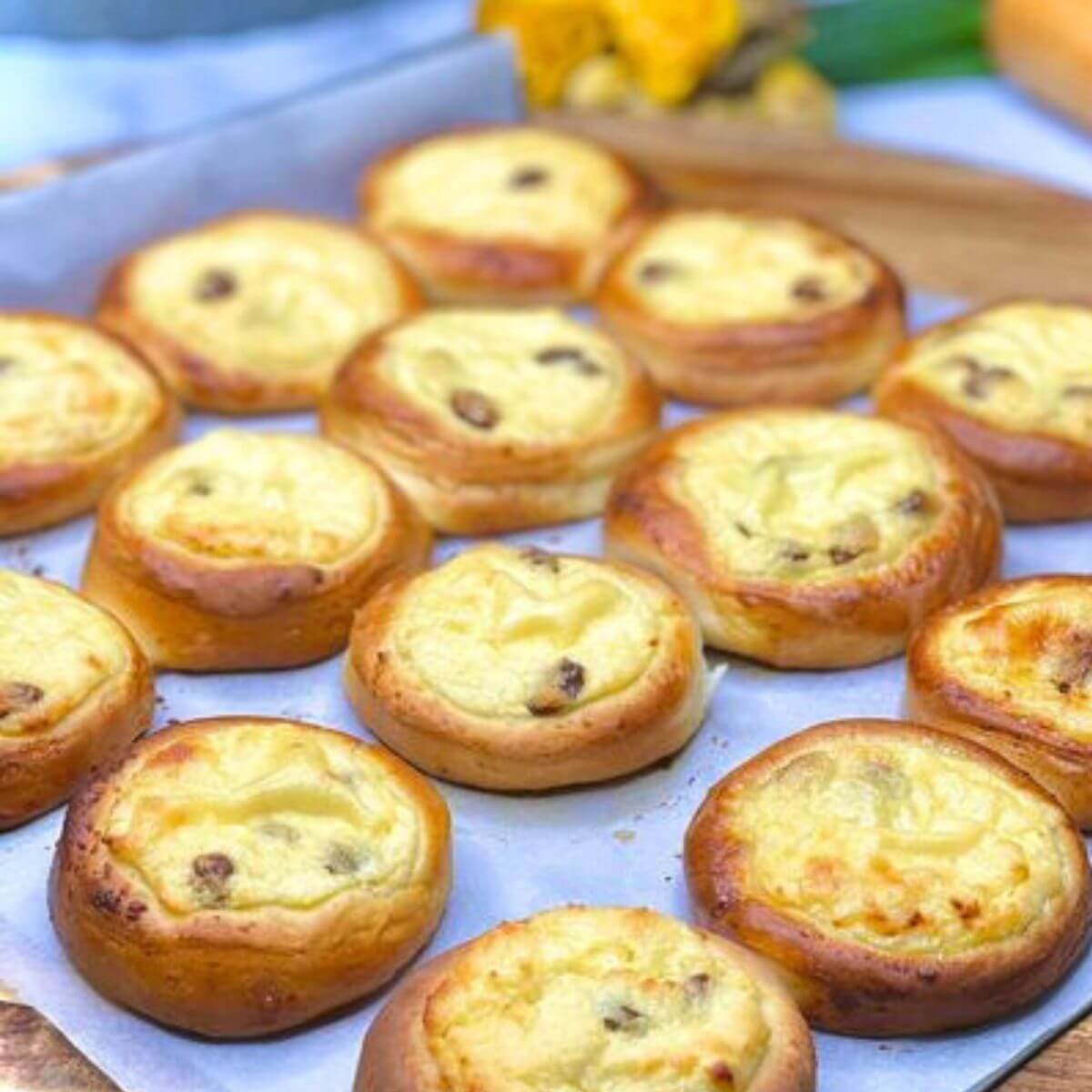
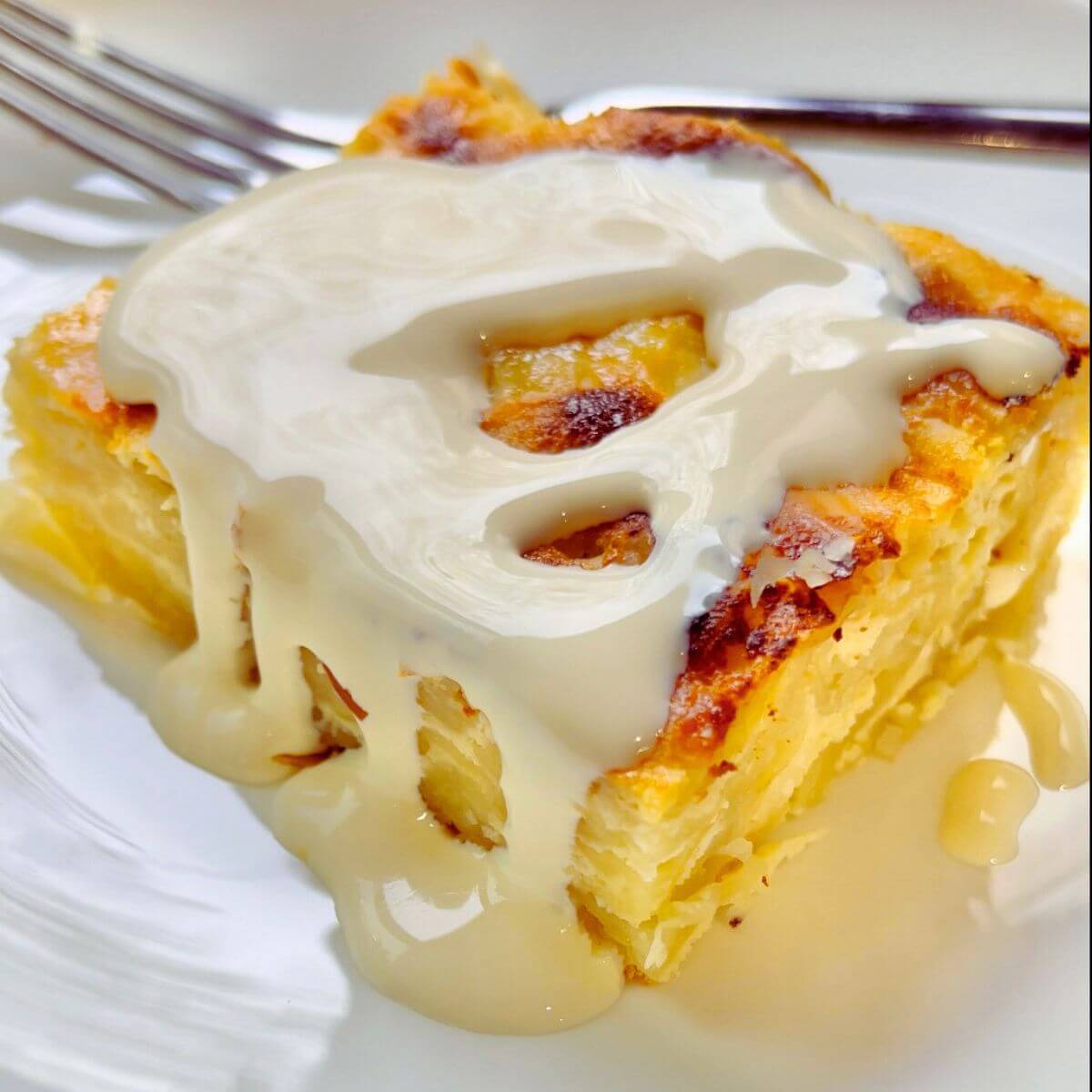
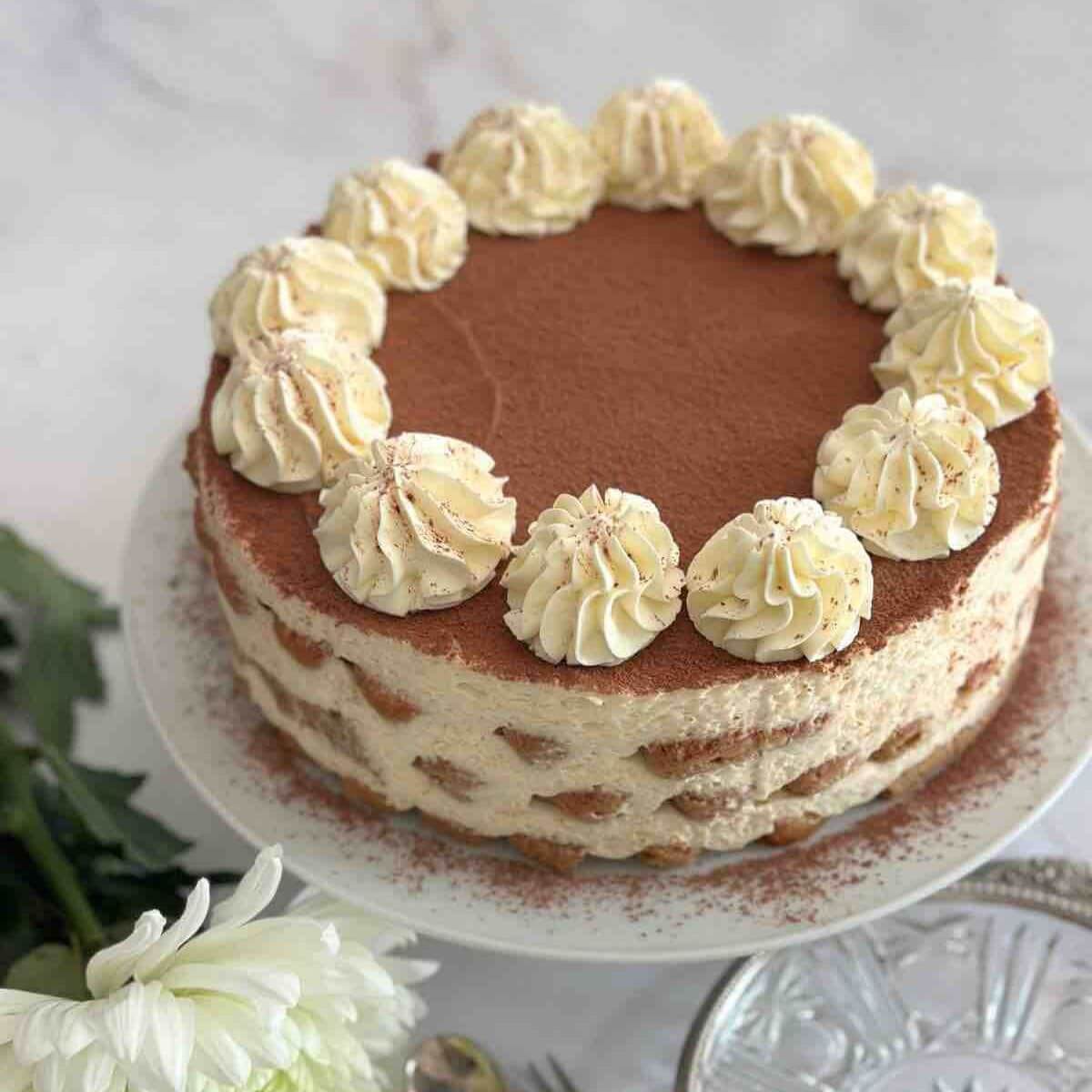
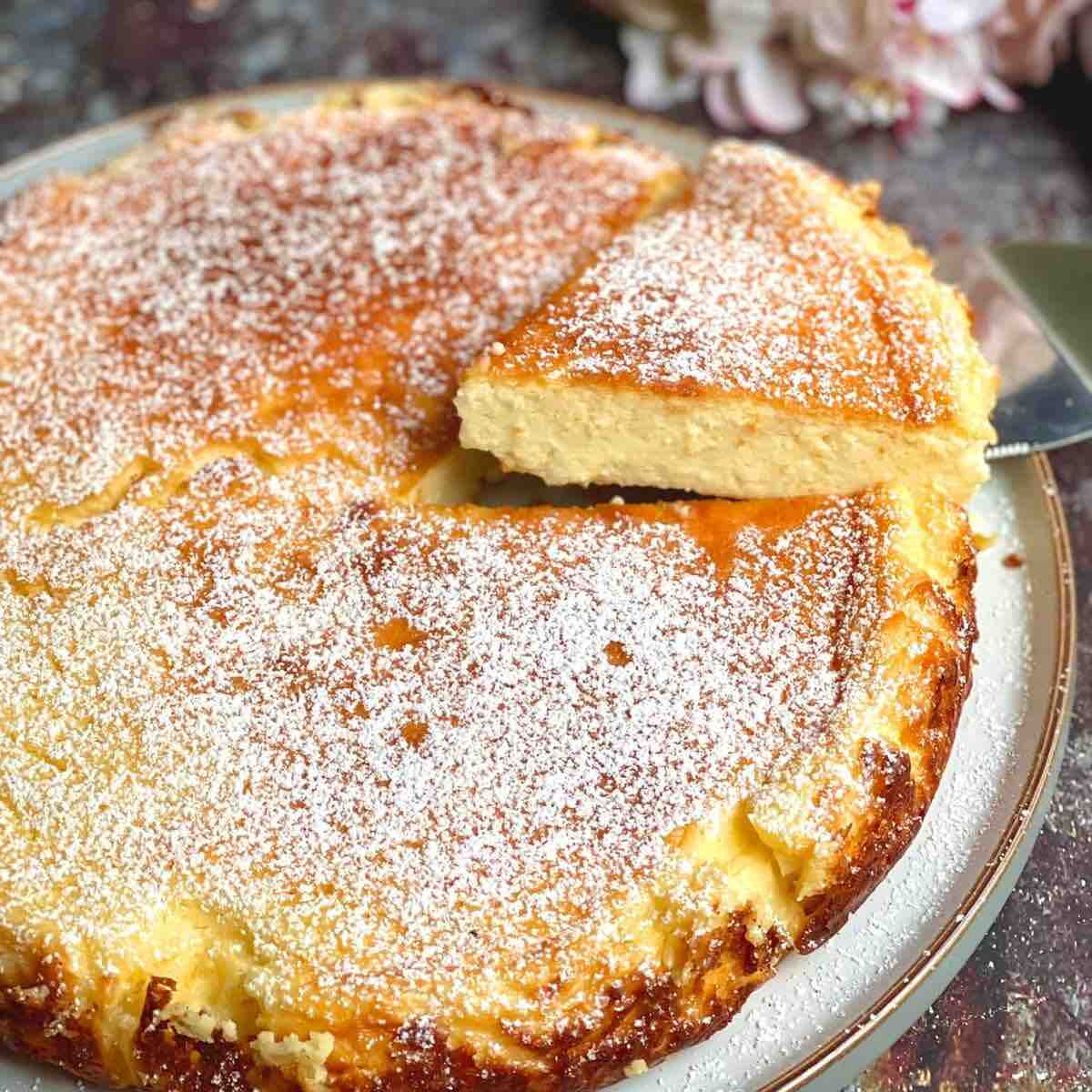
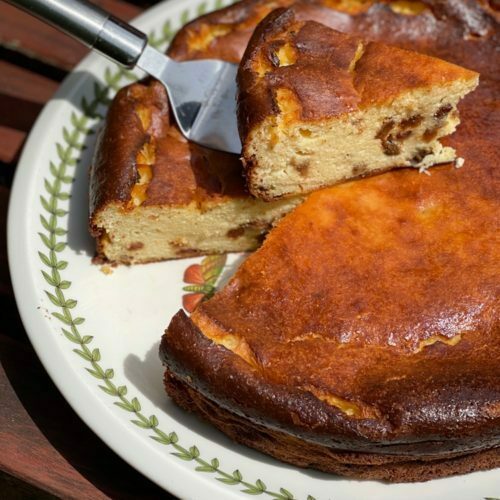

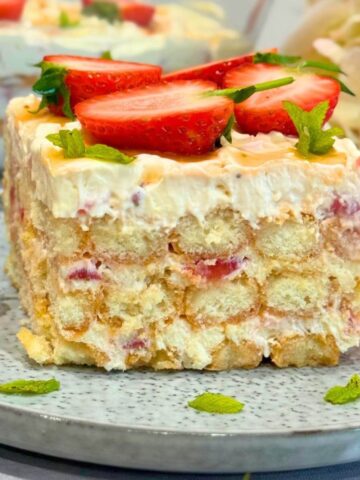
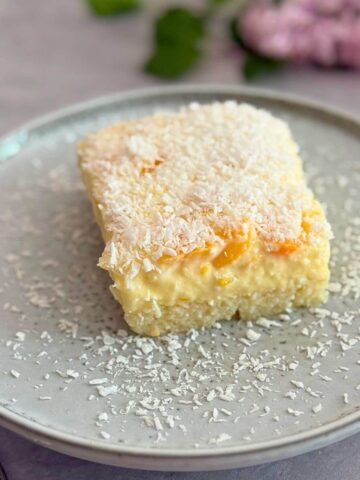
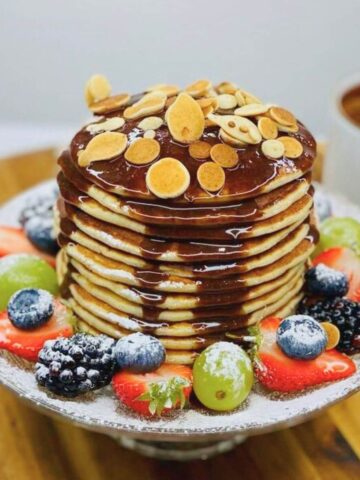
Swathi says
Easter cheesecake is so yummy I made it perfect taste my familye enjoyed it.
Genevieve says
This Easter cheesecake sounds delicious and looks perfect for Springtime!
Ieva says
Loved it, and possibly even more so than the Basque cheesecake. I think I prefer using sweet cottage cheese too, gives it a very nice texture and just a hint of tang. 10 out of 10!
Sonja says
Ohhh! This is the sort of cheesecake I remember from my childhood. It's so good! I live that you make it without vanilla pudding powder, which so many baked cheesecake recipes have. And the cottage cheese has me feel good about eating it!
Paula says
This cheesecake was amazing! I hadn't known until now that you could make one without a crust, but it was delish!
Claudia Ciorteanu says
My family loved this!
Amy says
Finally found a recipe that works! I tried so many times. Thanks!
Dee says
This has got to be the best cheesecake I ever tasted. Yumm!
Juyali says
I ate this in Spain and I loved it. I am so happy that I found your recipe. I can't wait to make it! 🙂
Agnieszka says
I love Basque Cheesecake and wanted to make it at home. This recipe was easy to follow and we loved the finished product!
Jess says
such a tasty dessert
Covita says
This cheesecake has a great texture and flavor. I will make again. Two thumbs up!
Irena says
Delicious! I've tried this kind of cheesecake while in San Sebastian actually so was happy to stumble on this recipe and try it at home.
Razvan C says
The perfect recipe for Easter holiday! 🔝🔝🔝